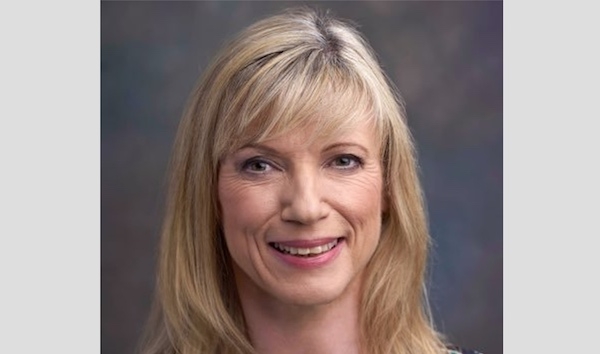Fund manager Schroders has launched a blended range of fund portfolios that will switch between passive and active funds depending on the economic conditions.
Schroder Portfolios includes six risk-aligned funds that follow a multi-managed, multi-asset investment approach including a combination of asset allocation choices and active and passive investments.
The funds, available on a number of platforms, will give investors the benefits of a model portfolio with the efficiencies of a unitised fund, according to Schroders.
The portfolios will move more towards passive investments when the economy is expanding and towards active investments during a recession.
The funds are able to invest in a range of assets including investment trusts and ETFs.
Schroder Portfolios use a combination of asset allocation from Schroders, an investment committee chaired by Alex Funk, CIO at Benchmark Capital and manager of the funds, and independent fund research from Rayner Spencer Mills Research (RSMR).
The portfolios will be under constant review by the investment committee and are rebalanced and reviewed on a quarterly basis.
Gillian Hepburn, intermediary solutions director, said: “The PROD regulation introduced under MiFID II in 2018 has encouraged advisers to segment their client bank and ensure that they are delivering the appropriate services and investments to each group.
“As a result, many advisers need investment solutions suitable for a broad segment of clients and their needs and are looking for external solutions to address this challenge.
“As we discovered in the Schroders annual adviser survey, 50% of advisers outsource investment management and they expect to increase their use of multi-asset funds and model portfolios this year. At Schroders we want to provide advisers with a broad range of solutions to support them and I am pleased that these portfolios have joined our solutions range.”
Alex Funk, Portfolio Manager, said: “The investment philosophy is built on the premise of deconstructing the total return formula into its simplest components – Alpha and Beta.
“By investing in these two components separately, we aim to achieve investors total return in a more efficient way. We also believe that certain markets are more efficient than others, therefore we prefer to take only market exposure in efficient markets and invest actively with higher conviction in markets that exhibit less efficiency.
“We aim to increase our passive holdings on an aggregate basis when the overall economy is moving into an expansion phase. We want to expose investors to the overall market momentum which is best captured through passive investments. Similarly, when the overall economy is set to enter a slowdown or recessionary phase, we want to increase our exposure to active managers to increase our downside protection.”

